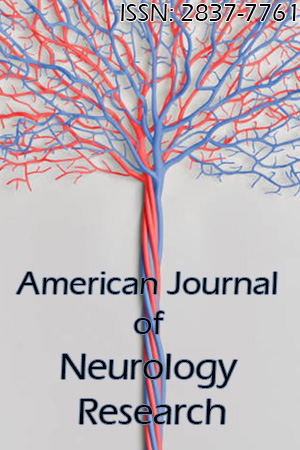Strengthening Executive Functions in ADHD through the Brain Benefit Movement (BBM): A Narrative Review and Pilot Study
Aram Cargill.
Background: The cerebellum’s role has historically been confined to motor control. However, recent evidence suggests it is involved in cognitive processes and emotional regulation (e.g.,[1,2]), leading to the hypothesis that the cognitive and emotional challenges associated with attention deficit hyperactivity disorder (ADHD) may also be linked to cerebellar dysfunction.
Objective: This paper aims to 1) synthesize the current literature on the cerebellum’s role in executive functions and emotional regulation and to examine the evidence supporting cerebellar exercises, mindfulness, and biofeedback as potential interventions for improving ADHD symptoms; 2) Present the results of a preliminary trial where Brain Benefit Movement (BBM) exercises were used to improve symptoms in children with ADHD and autism.
Methods: A narrative review of the literature was conducted, focusing on the cerebellum’s contribution to executive functions, its involvement in the autonomic nervous system (ANS), and the neurological and clinical changes associated with cerebellar exercises, mindfulness, biofeedback, and breathing. Additionally, a four-week preliminary trial with 50 participants assessed the effectiveness of BBM exercises combined with mindful breathing.
Results: Available literature suggest that cerebellar stimulation, mindfulness, biofeedback, and controlled breathing can improve motor planning, executive functions, and emotional regulation. These findings were supported by the results of our preliminary trial.
Conclusions: ADHD symptoms may improve by stimulating the cerebellum. The findings of the narrative review and the results of the preliminary clinical trial underscores the need for further clinical trials to rigorously evaluate BBM exercises as an intervention for ADHD.
View pdf
